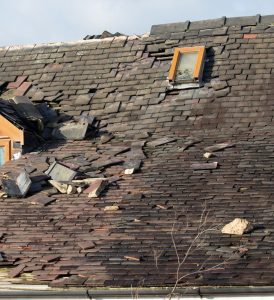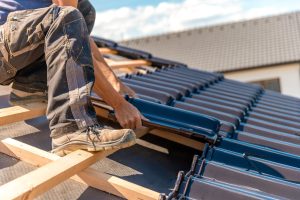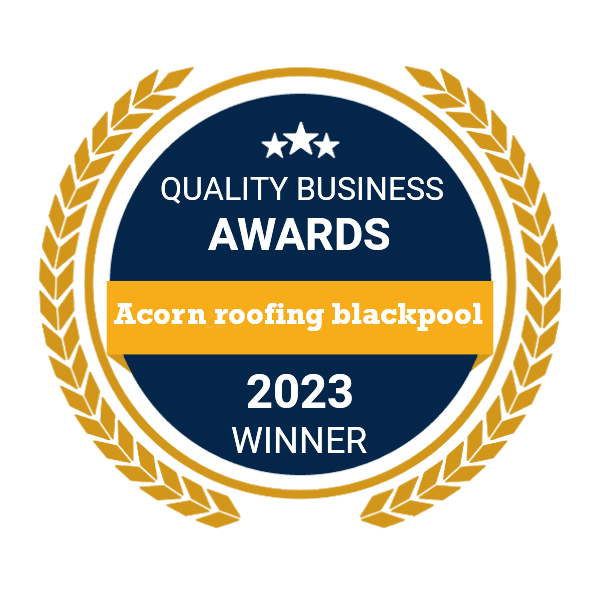Nestled along the Lancashire coast, Blackpool, a gem of the UK’s seaside towns, is renowned for its iconic tower, illuminations, and vibrant seafront. However, homeowners and property developers in Blackpool face a unique challenge: the impact of sea air on their roofs. This article explores into the intricate ways in which the sea breeze and salt air peculiar to coastal areas like Blackpool can affect roofing materials and structures.
1. The Salt in the Air
At the heart of the matter is salt. Sea air is laden with salt particles, which, driven by the prevailing sea breezes, find their way onto and into the roofs of properties. Over time, this salt can have a corrosive effect on various roofing materials. Metal components are particularly vulnerable; salt accelerates the oxidation process, leading to rust and weakening the structural integrity of metal roofs, flashing, and gutters. Even materials that are generally considered durable, such as slate and tile, are not immune to the effects of salt, which can erode their surfaces and compromise their protective capabilities.
2. Moisture and Humidity
The sea-air does not onlycarry salt; it also brings with it increased levels of moisture and humidity. These elements combined create a conducive environment for the growth of moss, algae, and lichens on roof surfaces. Such growths can be more than just an aesthetic issue; they can retain moisture against the roof material, leading to rot in wooden structures and underlayment, and can even dislodge tiles or slates, making roofs less effective at shedding water and more susceptible to leaks.
3. Wind
The wind is another critical factor to consider. Coastal areas like Blackpool often experience stronger and more frequent winds than inland regions. These winds can cause immediate physical damage, such as dislodging tiles or slates and tearing off shingles. Over time, the constant barrage of wind-driven rain and salt spray exacerbates the wear and tear on roofing materials, necessitating more frequent maintenance and repairs.
The Impact on Different Roofing Materials
The extent to which sea-air affects roofs in Blackpool can vary significantly depending on the materials used:
- Metal Roofs: As mentioned, metal roofs are particularly susceptible to corrosion due to sea salt. Protective coatings can delay the onset of rust, but regular inspection and maintenance are crucial to prolonging their lifespan.
- Tile and Slate Roofs: While tile and slate are more resistant to corrosion, they are still vulnerable to the erosive effects of salt and can be damaged by high winds. The porous nature of some tiles means that they can absorb salt and moisture, leading to a breakdown of the material over time.
- Asphalt Shingles: Asphalt shingles, commonly used for their affordability and ease of installation, may fare slightly better against salt but are still at risk of wind damage and can become brittle and lose granules when exposed to constant moist conditions.
Mitigating the Effects
Understanding the challenges is the first step; the next is to take proactive measures to mitigate these effects:
- Regular Maintenance: Regular roof inspections and maintenance are paramount. This includes cleaning gutters and downspouts, removing any debris, moss, or algae growth from the roof, and repairing or replacing damaged components promptly.
- Choosing the Right Materials: For new buildings or when replacing a roof, selecting materials that are designed to withstand coastal conditions can make a significant difference. Materials treated with salt-resistant coatings, or inherently durable options like certain types of metal or synthetic roofing materials, can offer better longevity.
- Professional Installation and Repairs: Given the unique challenges posed by the coastal environment, it’s advisable to work with roofing professionals who have experience dealing with these issues. Proper installation techniques and repairs can help to ensure that roofs are as resistant as possible to the elements.
Conclusion
The sea air presents a formidable challenge to the roofs of properties in Blackpool, accelerating wear and necessitating vigilant maintenance and strategic material choices. By understanding the specific threats posed by the coastal environment and taking proactive steps to counteract these effects, homeowners and developers can help ensure their properties remain secure and attractive for years to come. While the sea breeze may bring the scent of salt and the sound of waves crashing ashore, with the right precautions, it need not bring premature decay to the roofs that shelter us.




